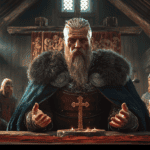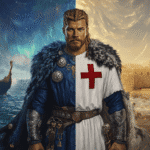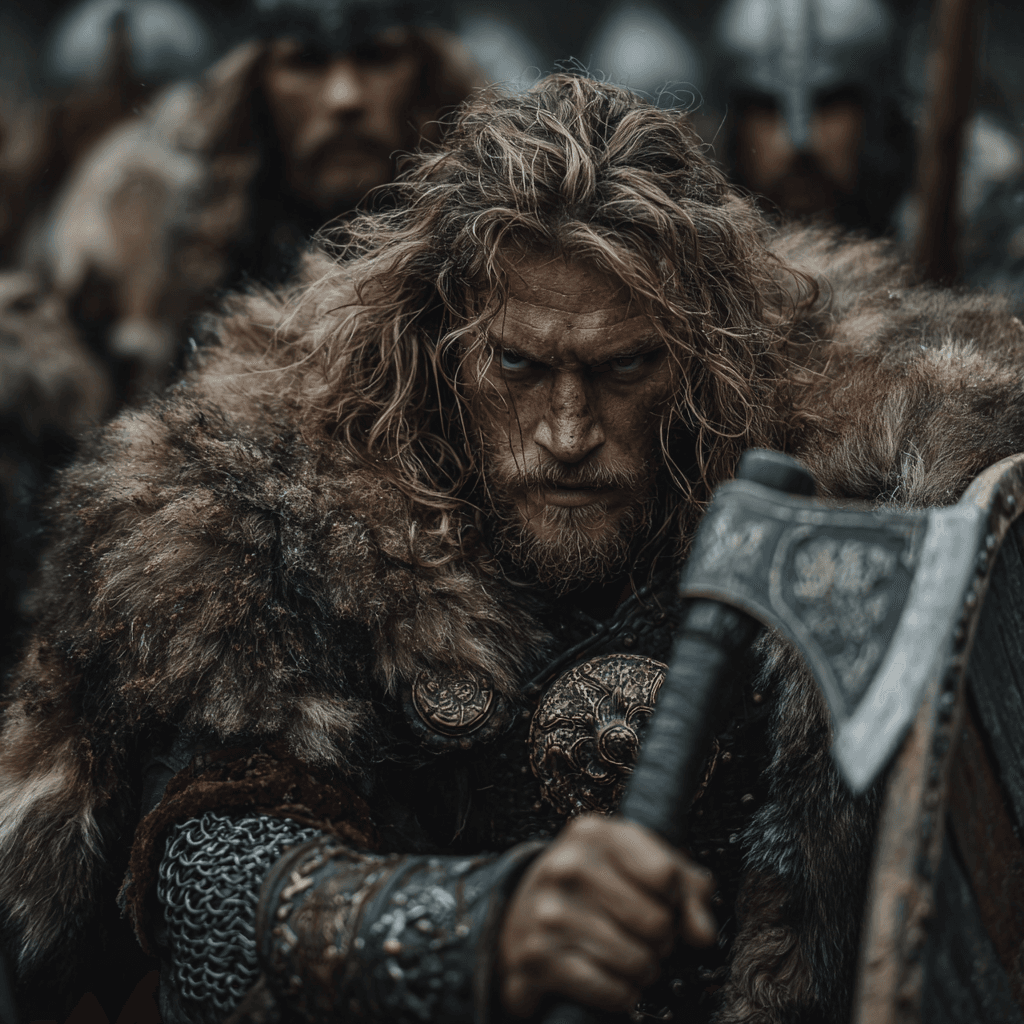
Harald Fairhair is a towering figure in Scandinavian history, celebrated as the first king to unify Norway under a single crown. His legend, woven from saga, poetry, and later medieval histories, has made him both a national icon. Yet, the story of Harald Fairhair is as much about ambition, romance, and ruthless conquest as it is about the forging of a nation.
The World Harald Inherited
Harald was born around 850 CE, the son of Halfdan the Black, a powerful petty king of Vestfold, a region in southeastern Norway. The Norway of Harald’s youth was a patchwork of more than thirty small kingdoms, each ruled by its own chieftain or petty king. These rulers were fiercely independent, their alliances shifting as often as the North Sea winds. Harald’s lineage, the Yngling dynasty, traced its roots to the ancient royal house of Sweden, giving him a claim to noble blood.
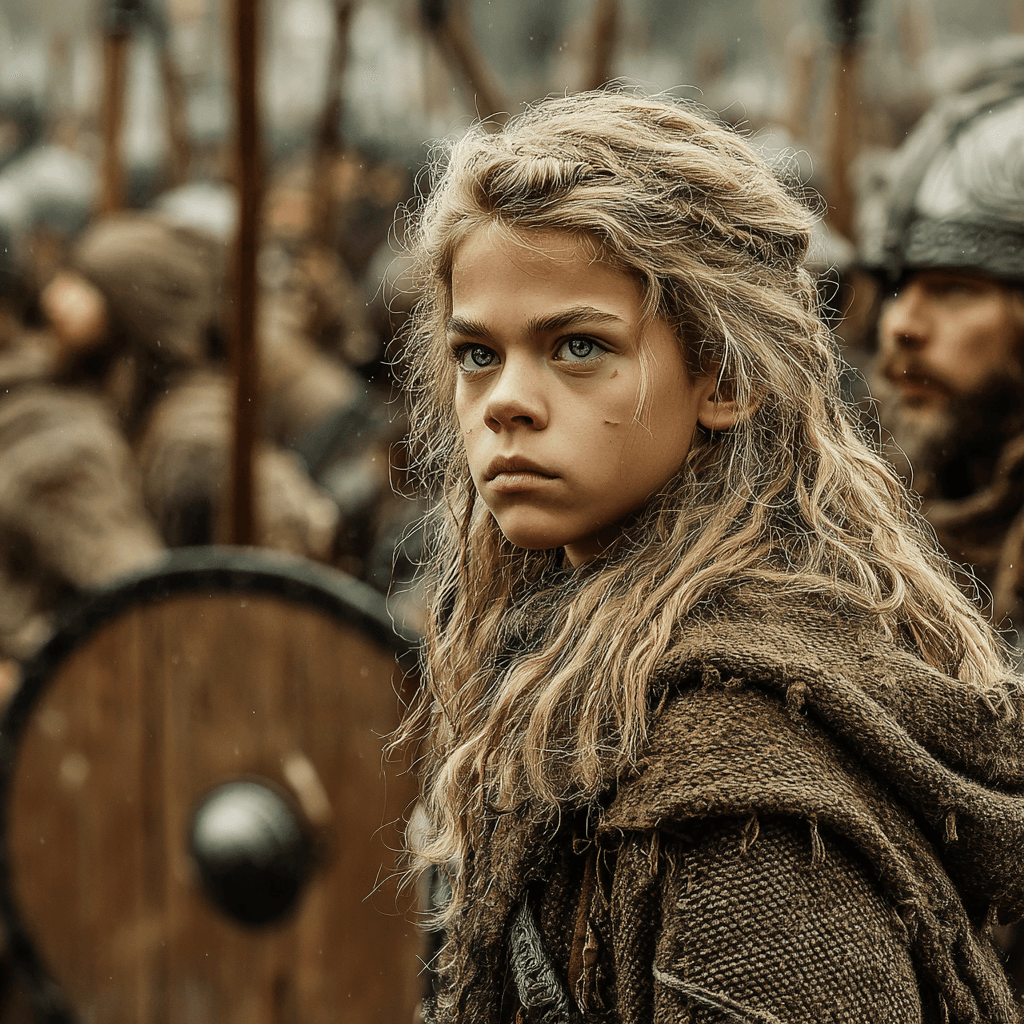
At the age of ten, Harald’s father died in an accident, thrusting the boy into leadership. The death of Halfdan was a signal for rival jarls and kings to try to seize Vestfold, but Harald, with the help of his uncle Guthorm, managed to fend off these threats, notably defeating a rival named Gandalf.
The Vow of the Tangled Hair
The catalyst for Harald’s legendary quest was not just ambition, but a challenge wrapped in romance. The story goes that Harald fell in love with Gyda, the daughter of King Eirik of Hordaland. When he proposed marriage, Gyda dismissed him, declaring she would only marry Harald if he became king over all Norway – a feat that nobody had ever achieved and seemed impossible at the time.
Spurred by her words, Harald made a solemn vow: he would not cut or comb his hair until he had unified the land. This pledge earned him the nickname Harald Tanglehair (or Shockhair), as his hair grew wild and unkempt during the years of war and conquest.
The Campaign for Unification
Harald’s campaign to unite Norway was long and brutal, stretching over a decade. He combined diplomacy, strategic alliances, and relentless warfare to bring the petty kingdoms to heel. Some rulers submitted and became his vassals; others were defeated in battle or fled to distant lands such as Iceland and the British Isles.
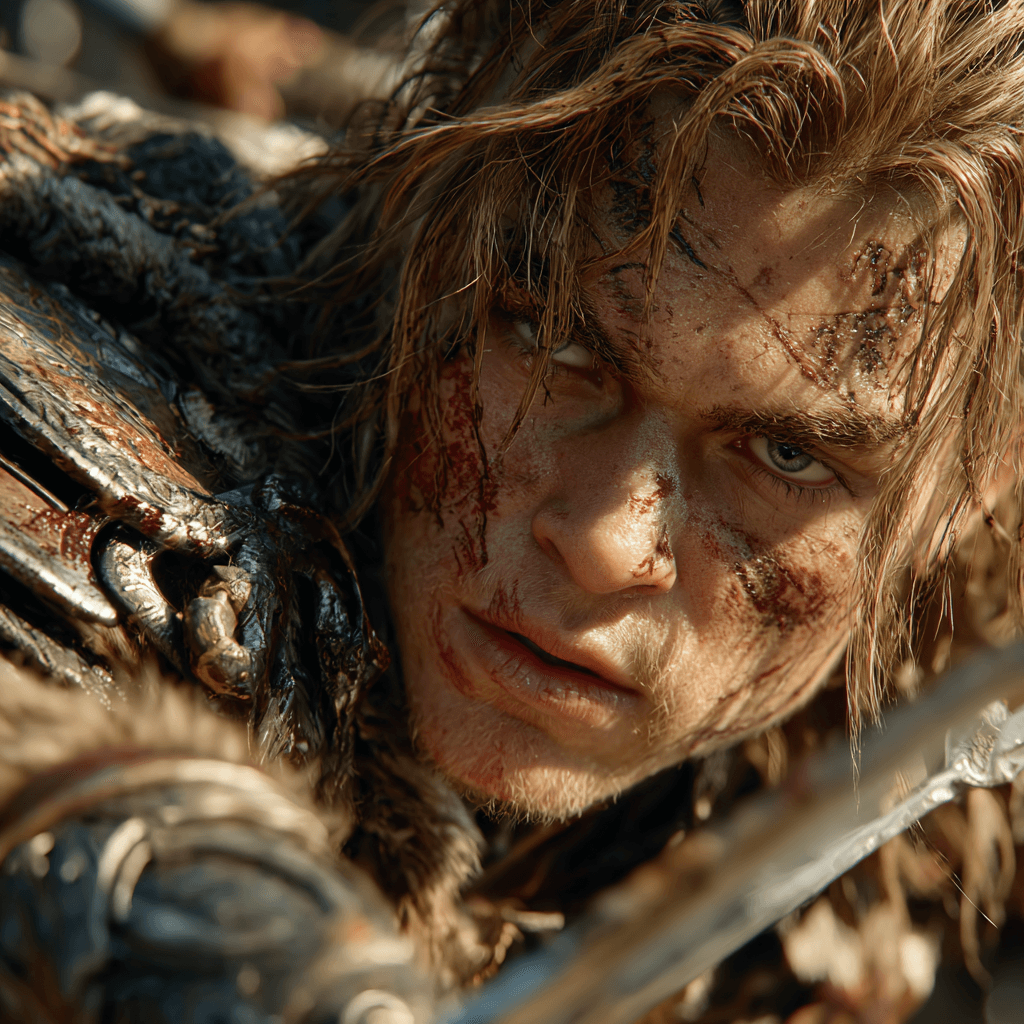
The most decisive moment came at the Battle of Hafrsfjord, around 872 CE (though some modern historians suggest a date closer to 885). Here, Harald faced a formidable coalition of rival kings determined to preserve their independence.
Clash in the Fjord: The Battle of Hafrsfjord
In the fierce light of a northern dawn, the surface of Hafrsfjord was covered with Viking longships. The water, hemmed in by granite cliffs, echoed with the howls of warriors and the pounding of swords against shields. This was not a battle for land or plunder – it was a fight for supremacy, a desperate last stand for freedom by Norway’s regional kings, and a moment that would echo through centuries.
The coalition ships came thick and fast, chieftains from Hordaland, Rogaland, Agder, and Thelemark, each with fleets bristling with oars and banners. Eirik of Hordaland, Sulke of Rogaland, and Kjotve the Rich marshaled their men, grimly determined to halt the man who sought to rule them all. On the opposite shore, Harald – no longer the uncertain youth but now a seasoned warlord – waited, his ships drawn up in disciplined ranks, his warriors resolute.
As the sun broke above the horizon, the two lines surged forward. Longships rammed and splintered, the prows gouging through waves and flesh alike. The fjord became chaotic. The clang and roar of battle crashed against the cliffs, warriors lept between ships, axes arcing, shields locking together in brutal combat.
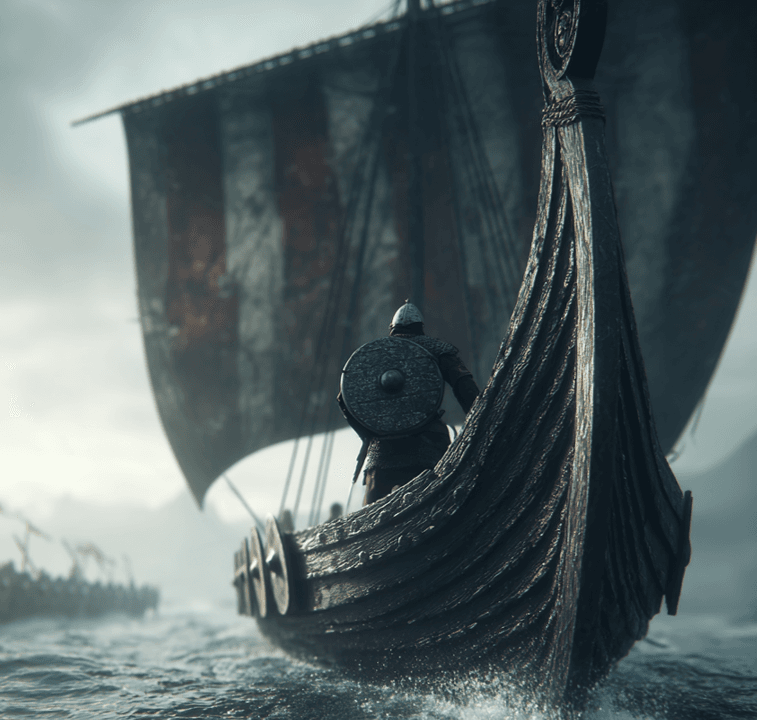
In the thick of it stood Thor Haklang, a berserk in the truest sense. His eyes wild, hair matted with sea spray, Thor launched himself against Harald’s own ship. His followers, emboldened by his rage, pressed forward, a living spearhead into the enemy line. But for all his ferocity, even Thor could not stem the tide. He fell, and with him, the hope of his king was shattered.
The center buckled. Harald’s warriors drove a wedge through the rival fleet, splitting their formation and sowing terror. The narrowness of the fjord became their undoing, which the defenders had counted on. Ships tangled, crews became disorganized, and the kings’ carefully orchestrated plan dissolved.
King Eirik and Sulke fell, their lifeless bodies borne away by the tide. Kjotve the Rich, realizing the battle was lost, escaped with the shattered remnants of his forces to a small island, the last stronghold in the midst of a loss. Some warriors fled into the hills, others to their ships, and many chose exile over submission – sailing west, carrying the seeds of new Norse colonies abroad.
When the tumult stilled, the waters of Hafrsfjord reflected a new reality. Harald’s victory was absolute, his enemies scattered or dead, their kingdoms erased in a single tempest of blood and iron. For those who remained, there would never be a return to the old ways.
With his victory at Hafrsfjord, Harald was able to claim the title of King of Norway. True to his vow, he finally cut and combed his hair, revealing golden locks that earned him the enduring moniker Harald Fairhair.
The Structure of Harald’s Kingdom
Though saga writers and later historians would hail Harald as the unifier of all Norway, the reality was more complex. Harald’s direct control was strongest in western Norway, particularly in the regions of Rogaland and Hordaland, where he established royal manors and ruled from his seat at Avaldsnes. Elsewhere, he relied on loyal earls (jarls) to govern on his behalf, and in many areas his authority was more nominal than absolute.
The unification of Norway was not a single event but a process. Harald’s power was constantly challenged by local chieftains and by the need to keep his vassals loyal. Many of the defeated kings and their followers fled overseas, contributing to the Viking settlements in the British Isles and beyond.
Harald’s Legacy and Family
With the kingdom secured, Harald sent for Gyda, who, true to her word, agreed to marry him. She became one of his many wives – sources suggest he had as many as ten, with between sixteen and twenty children. His favorite wife, however, was Ragnhild the Mighty, a Danish princess whose arrival prompted Harald to divorce nine of his other wives.
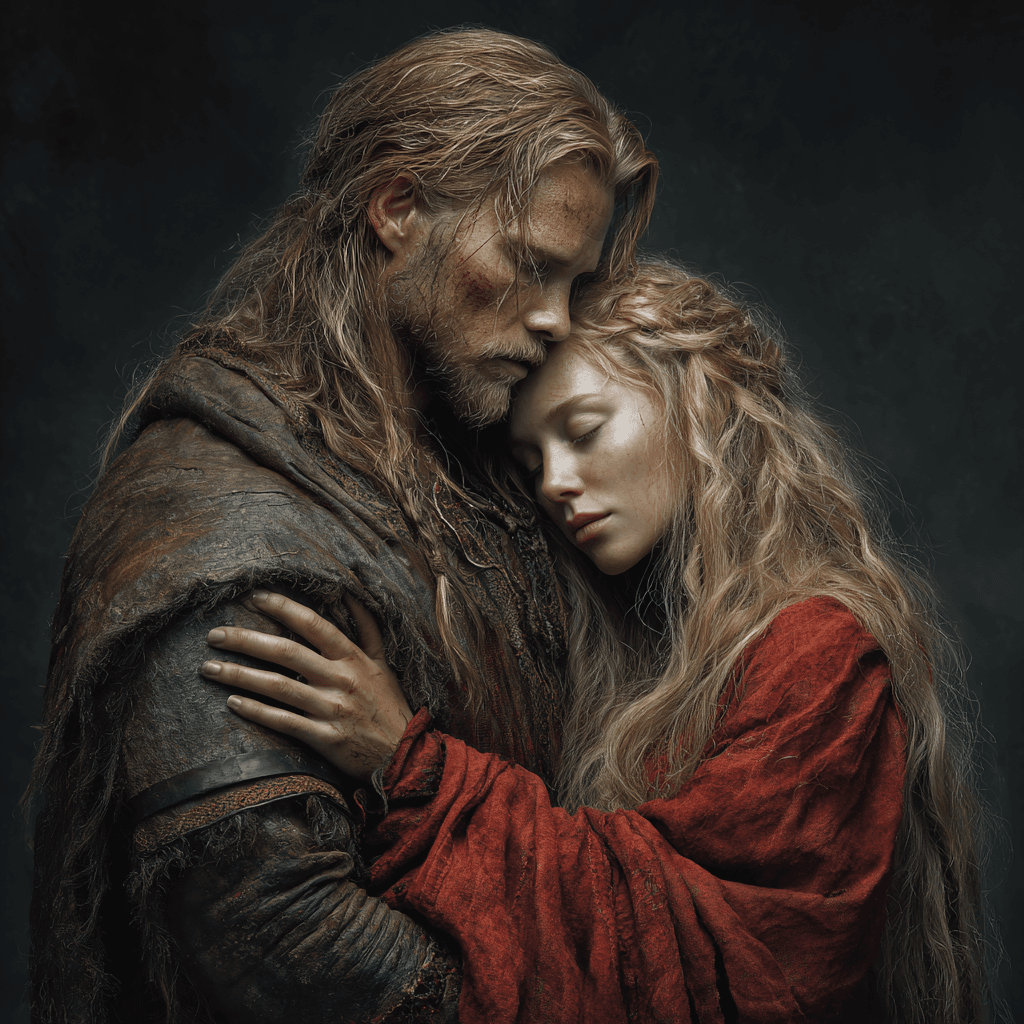
Harald’s sons would play significant roles in the future of Norway. Two in particular – Eric Bloodaxe and Haakon the Good – became kings after Harald’s death, continuing the dynasty he had established.
The Viking King Abroad
Harald’s ambitions were not limited to the Norwegian homeland. He sought to curb the power of the Vikings who raided from the Norwegian coast, launching expeditions to the Shetland, Orkney, and Hebrides islands. These campaigns were brutal, with Harald’s forces burning, plundering, and killing those who resisted. His conquests extended Norwegian influence into the North Atlantic, and he left trusted jarls to govern these new territories.
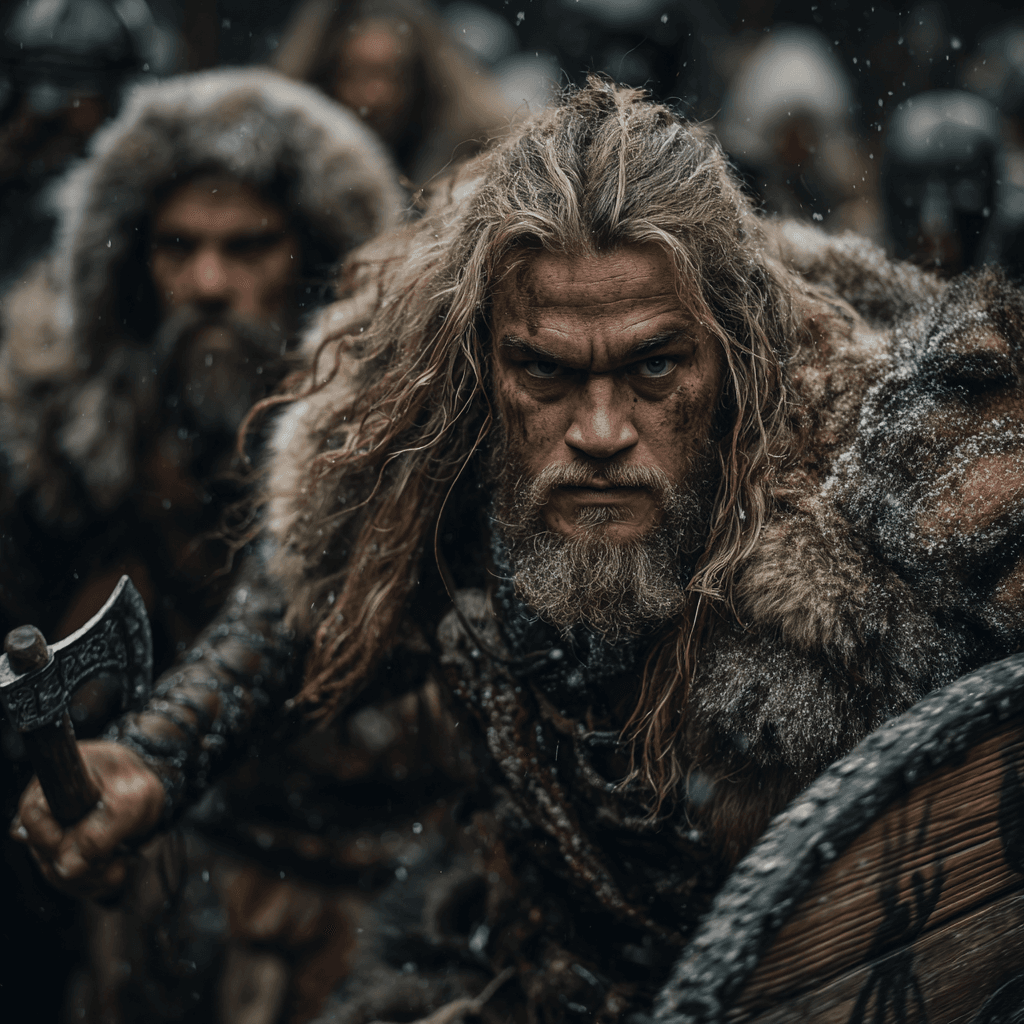
The End of Harald’s Reign
Harald ruled for over fifty years, making him the longest-reigning monarch in Norwegian history. In his later years, he settled at Avaldsnes, where he felt secure and where he was eventually buried. He is believed to have died around 932 or 940 CE, at the age of about 83.
His burial mound at Avaldsnes became the center of a royal court that lasted for centuries, and his descendants continued to rule Norway for generations.
Myth, Memory, and Historical Debate
Much of what we know about Harald Fairhair comes from sagas and poems written centuries after his death. While his existence and achievements are widely accepted in Norwegian tradition, some modern historians have questioned the historicity of the man himself, suggesting that the figure of Harald Fairhair may have been shaped or even invented to serve later political purposes. Nonetheless, he remains a powerful symbol of Norwegian unity and independence, especially during periods when Norway’s sovereignty was threatened by foreign powers.
In 1872, a thousand years after the supposed unification of Norway, a monument was erected at Haraldshaugen near Haugesund to honor Harald Fairhair. The obelisk stands atop a burial mound, surrounded by standing stones, a testament to the enduring power of his legend.
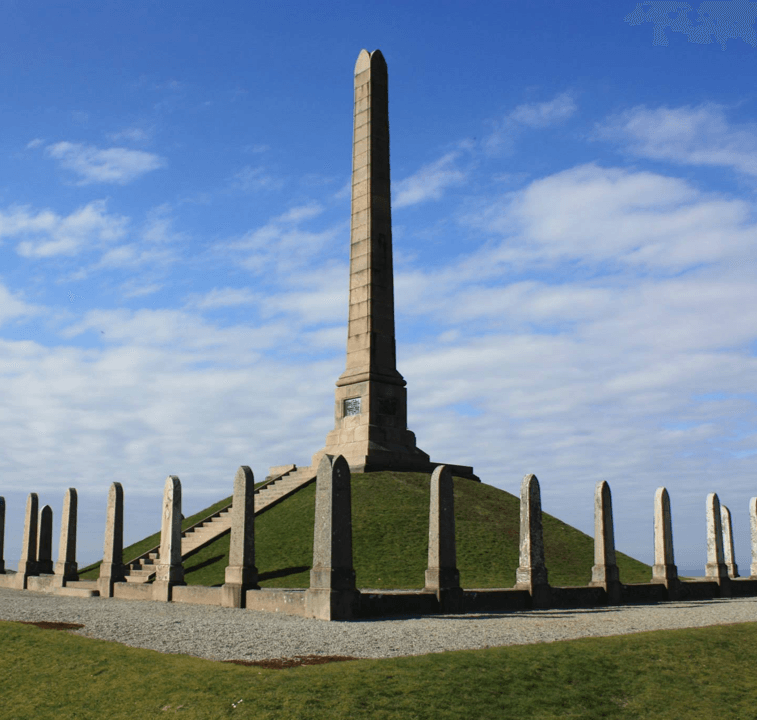
Whether viewed as a historical king or a legendary founder, Harald Fairhair’s story is one of vision, determination, and the forging of a nation from chaos. His saga is filled with drama – romantic vows, epic battles, and the relentless pursuit of a dream. Even as the details blur between fact and myth, Harald’s legacy as the father of the Norwegian nation remains unshaken, a figure whose wild hair and wild ambitions changed the course of Scandinavian history


